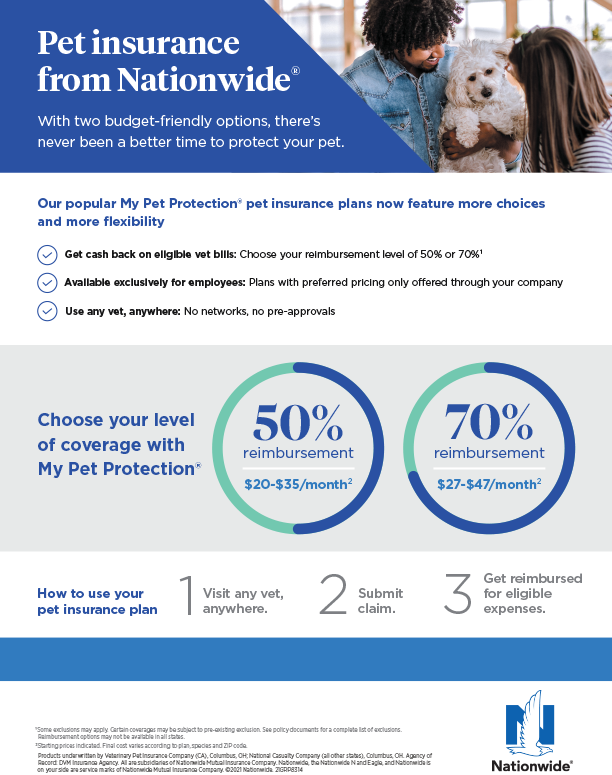Bragging Rights
Explore the latest trends, tips, and stories that make you stand out.
Is Pet Insurance Worth It or Just a Fancy Collar?
Discover the truth: Is pet insurance just a luxury or a lifesaver for your furry friend? Find out before it's too late!
Is Pet Insurance a Financial Safety Net or an Unnecessary Expense?
When considering whether pet insurance serves as a financial safety net or an unnecessary expense, it's essential to weigh the potential benefits and drawbacks. Many pet owners find that unexpected veterinary costs can quickly add up, especially in emergencies or in cases of chronic conditions. With pet insurance, you can spread out the financial burden through manageable monthly premiums. This financial support can provide peace of mind, allowing pet owners to focus on their pet's health rather than the impact of potential costs. For those who might struggle with the sudden expense of a major veterinary incident, pet insurance can indeed act as a critical safety net.
On the other hand, some pet owners argue that pet insurance is an unnecessary expense, especially if their pets are young and healthy. They may prefer to put the money they would spend on insurance premiums into a savings account specifically for veterinary fees. Furthermore, many plans come with exclusions and deductibles that can limit their usefulness when you truly need them. It’s crucial for potential policyholders to read the fine print and assess whether the costs align with their pet's expected healthcare needs. Ultimately, whether pet insurance is deemed a financial safety net or an unnecessary expense largely depends on individual circumstances and personal financial situations.

Top 5 Factors to Consider Before Getting Pet Insurance
When considering pet insurance, it’s essential to evaluate coverage options. Different policies offer varying levels of protection, from basic accident coverage to comprehensive plans that include wellness visits and specialized treatments. Assess your pet’s specific needs based on their age, breed, and any pre-existing conditions. For example, older pets might benefit more from policies that cover chronic illnesses, whereas younger pets may require less extensive coverage. Understanding the nuances of these offerings will help you make an informed decision.
Another crucial factor is the premium costs. Each pet insurance provider has a different pricing structure, which may be influenced by various elements including your pet’s age, breed, and location. Moreover, consider the deductibles and co-pays associated with policies. A lower premium may seem attractive, but it could come with higher out-of-pocket costs during veterinary visits. Thus, it’s vital to strike a balance between affordability and the healthcare needs of your beloved pet.
What to Know Before Investing in Pet Insurance: Pros and Cons
Investing in pet insurance can be a significant decision for pet owners who want to ensure the health and well-being of their furry companions. One of the primary pros of pet insurance is that it can provide financial relief in case of unexpected veterinary bills, especially for emergencies or severe illnesses. Moreover, many plans offer coverage for routine check-ups, vaccinations, and preventive care, which can lead to overall better health for your pet. However, it’s essential to read the fine print, as policies differ widely and may have limitations on coverage or breed-specific exclusions.
On the other hand, there are some cons to consider before committing to a pet insurance policy. For starters, many pet owners find that the monthly premiums can be quite steep, particularly for older pets or those with pre-existing conditions. Additionally, some plans involve deductibles and co-pays, which can complicate the claims process. It's vital to evaluate whether the potential savings outweigh the costs. Ultimately, deciding on pet insurance requires careful consideration of your pet's needs, your budget, and how much risk you are willing to take on.